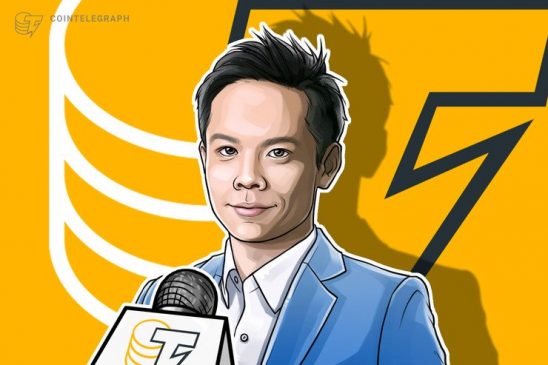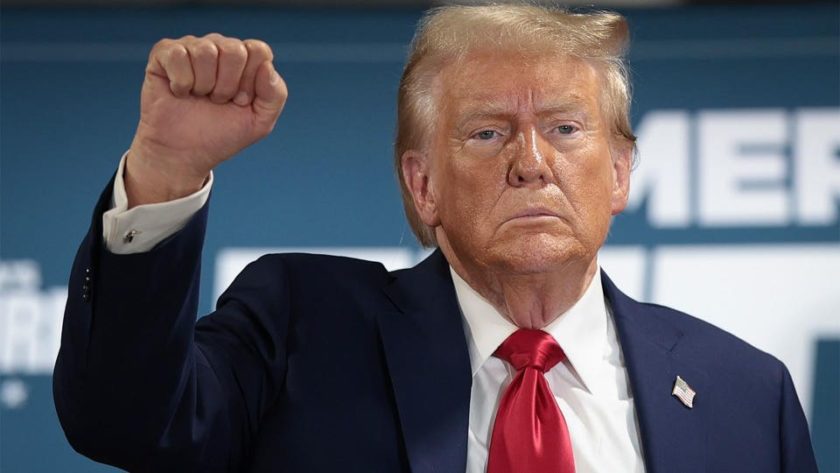First, there were property rents. Then came interests. As modern civilization evolves, people always find new ways to earn money without actually producing, or even doing all that much. This concept is today known as “passive income.” Technological progress also expanded the meaning of passive income.
Today, people can claim YouTube advertisement revenues, dropshipping and even creating online courses as their favorite way to earn passive income. Lennix Lai, the director of financial markets at OKEx, believes there is another method to add to this ever-expansive list: crypto staking. He was a keynote speaker during the Blockchain Economy 2020 conference in Turkey, where he explained why crypto is an ideal way to earn passive income. He also told Cointelegraph what would be the benefits of a more matured blockchain-based financial system.
Cointelegraph: What do you believe is the next logical step for blockchain and crypto?
Lennix Lai: The rising number of cryptocurrency wallet users creates an entirely new ecosystem. First, there are going to be regulators and central banks. People enter this new ecosystem by storing their digital asset wallets on their mobile phone or their computer first.
Then the ecosystem will start to build decentralized applications, DeFi projects or stablecoins. Right now, we have about 35 million cryptocurrency users. But after central bank-issued stablecoins, we will talk about billions of users.
We are stepping into the next generation. The next generation is happening right now with national bank-issued stablecoins, I believe. I would say it will grow the cryptocurrency user base like 10 times or more.
CT: It looks like the next generation of blockchain is “blockchain for everyone,” not just companies or exchanges?
LL: Bitcoin is the first use case leveraging the blockchain concept. Without Bitcoin, blockchain is simply a decentralized database. It’s just a database language. We just want to store information in a decentralized manner. But adding the element of cryptography to this decentralized database has resulted in the creation of Bitcoin. […] But still, it was a very “geeky” project, really concentrated on heavy believers and visionaries.
For the next generation of blockchain, we need to maintain the beauty of blockchain first, immutable, scalable, open to everyone, super low entry-level in terms of transaction costs, super high efficiency. Then, we need to tackle the technical difficulties of blockchain in terms of security, scalability and decentralization.
At the same time, we need to take governments and regulators into consideration as well. They should have a superior monitoring authority that can see the transactions within the blockchain. That’s why we expect governments and regulators to be a part of this decentralized ecosystem we’re building with OKChain.
CT: How do you utilize crypto for a passive income concept?
LL: The combination of cryptocurrency and DeFi creates an alternative way for users to earn passive interest that was not possible before. Because traditionally, you may need to deposit to the bank or reserve a depository for saving interest. You can buy bonds, and you can lend to somebody with some interest. But that’s a limited way, and it involves many evaluation criteria. Sometimes, it’s challenging to secure a loan, especially for small and medium enterprises.
Crypto, first of all, introduces a permissionless way for passive interest. Everyone can securely borrow and lend within the protocol according to the design of a smart contract. You can have borrowing and lending without the bank sitting in between.
This substantially drives down the barrier of entry, especially the unbanked population of the world, who doesn’t have access to the traditional banking system. Right now, we have around at least one-fifth or one-sixth of the global population without any banking support. They can’t open a bank account at all for various reasons.
But right now, we are talking about a protocol that can serve even rural populations around the globe, without a bank. That is very exciting because we can now create a vision that says your mobile phone will be your bank. Without any bank accounts. You can do anything that usually a bank enables you to do via your mobile phone with a cryptocurrency wallet. You can pay, receive money, earn interest and make an investment — all executed in a decentralized manner.
CT: Do you think passive income by staking crypto will be a popular way to earn in the future?
LL: Staking is a unique passive income profile that could never be available in the traditional banking market. There’s no staking product in banking and finance. Because what staking does is, basically: You deposit your token in a certain protocol. That token will then help to secure the stability of the whole network.
By staking, you become part of shareholders/validators/protectors of the network. You are a part of the network itself.
The interest rate return right now is much higher than traditional banking. So, it could be a very hot topic. Because one of the great benefits of adopting crypto is, aside from simple transfer and protecting assets, to earn passive interest.
CT: Do you have any other plans for making crypto available to a much bigger audience?
LL: We have to make crypto simple first. Right now, all the tech you hear like blockchain, smart contracts or private keys are still super complicated. Most of the blockchain industry consists of high-end developers. And traders’ world needs very complex derivatives which we provide at OKEx.
But when you talk about mass audiences, we have to make it very simple. We don’t talk about private keys or any other tricky concept. We aim to launch a new product that any ordinary user can sign up, buy a cryptocurrency with their local currency, and earn passive interest by staking coins.
CT: The more blockchain-based finance evolves, the more it resembles the traditional finance industry we all love to hate. How will the “blockchain economy” differentiate itself from the current centralized finance system?
LL: That’s a great question. Can we put everything on the blockchain that’s in the centralized system right now? I don’t think so. First, the centralized system right now is working quite well. It is slow sometimes, it might not be very efficient. But the size is so big, with volumes of trillions of dollars. It’s a robust financial system right now.
Also, because of the increased regulations, the traditional market is getting a lot more efficient than before. A lot of regulation that we talk about is related to checking, to disclosure. For example, the bank needs to disclose their balance sheets, and the security firm needs to disclose the access of the client, the fund manager needs to disclose the buy and sell orders, and so on.
If you think about the blockchain concept, you don’t need a regulator to play this role because everything can be executed on a technological basis. It’s immutable. It’s transparent. Everyone can see it, along with regulators. Each move and transaction is logged on-chain. In summary, we can serve the exact same regulatory purpose with a fraction of the costs that the regulators are spending right now.
So, with blockchain technology, the cost of maintaining a healthy financial system would be much smaller while serving the same goal and purpose. That’s why I believe the traditional finance world will eventually adopt blockchain technology to reduce costs and increase efficiency, especially in terms of regulatory processes and cross-border transactions.
The interview has been shortened and edited for clarity.




